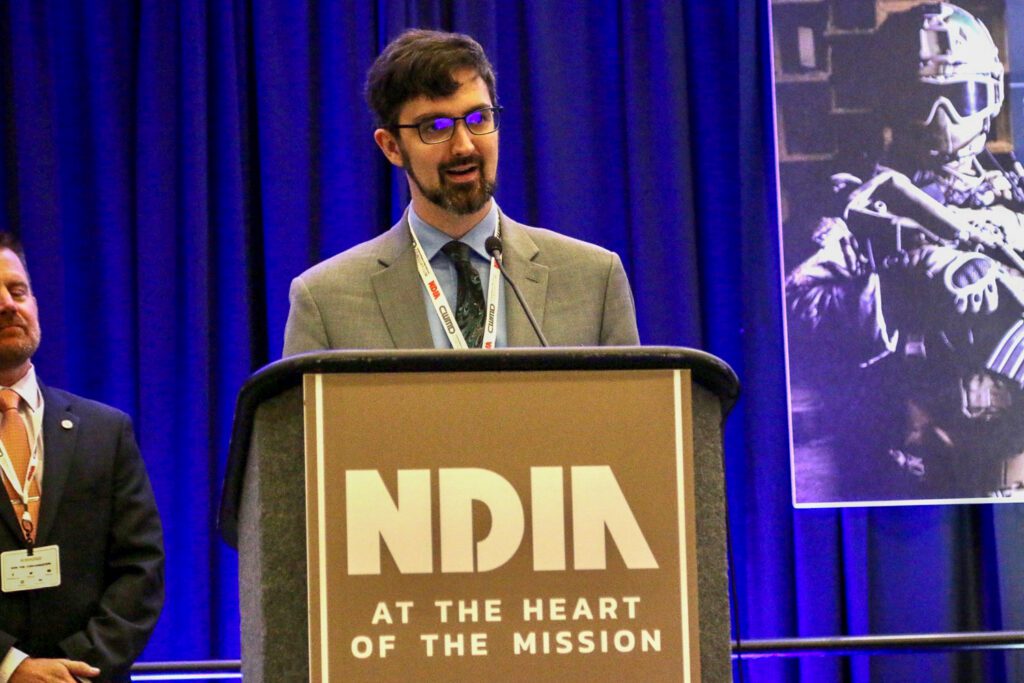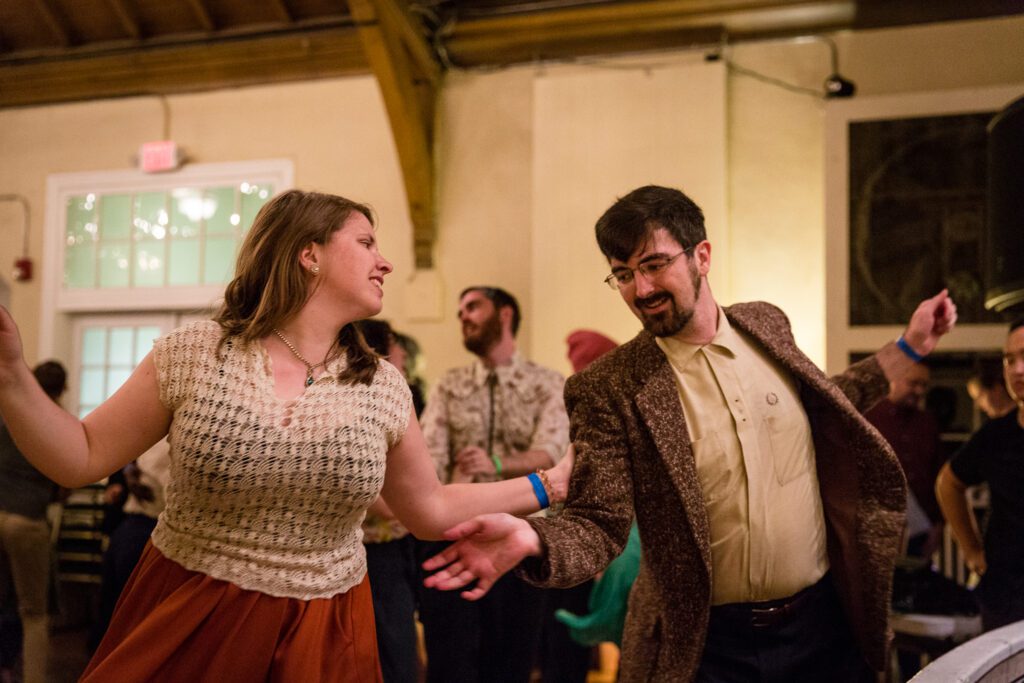Whether from an emerging infectious disease causing the next pandemic, a catastrophic accident, or deliberate misuse by a bad actor, biological threats pose a growing risk.
It’s the job of Kemper Talley ’11, a senior scientist with Raytheon BBN, to help ensure the US government and Department of Defense are able to detect and mitigate those threats.
“The nation’s chemical, biological, radiological, and nuclear (CBRN) defense program is increasingly focused on biological threats, and whether they occur naturally, accidentally, or intentionally does not change the fact that we must be prepared,” Talley said. . “The technologies I work on are ensuring preparation for an imminent biothreat.”
Talley’s work focuses on the detection and identification of biological hazards using DNA and RNA sequencing.
“Everything has a fingerprint, basically,” he said. Due to advances in biotechnology, DNA can not only be read, but written and edited.


Some foreign countries maintain biological weapons programs.
“It’s important that we understand how this changes the landscape — both the available drugs and the beneficial landscape and the harmful landscape of things that can be created as more toxic or potentially pandemic-enabling materials,” he said.
“We anticipate that future wars, if they are to be fought, will have to be fought in a contested CBRN environment. Our goal is to be able to fight and win in those kinds of environments, and that’s why these technologies are really important.”
Talley, who has loved science since elementary school, attended the South Carolina Governor’s School for Science and Mathematics (GSSM), a two-year residential public high school that offers opportunities for advanced science, math and engineering studies.
Not letting physics beat him
He failed his first physics test.
“Physics wouldn’t beat me. I took it as a challenge,” said Talley, who studied physics both years he attended GSSM, including quantum physics and thermodynamics.
Each GSSM student participates in a summer research experience between their junior and senior years. Talley settled at Clemson and worked with Emil Alexov, a professor of biophysics and bioinformatics in the Department of Physics and Astronomy, on protein-protein interactions.
“It was fascinating work,” said Talley, whose wife Aliceann is also a Clemson graduate. “I never intended to go to Clemson, but I decided the job was a lot of fun and I wanted to keep doing it.”
He participated in EUREKA!, a five-week summer research program for first-year Clemson Honors students. He continued to do research with Alexov throughout his time at Clemson, publishing five papers on biophysics as an undergraduate.
Because of the education he received at the Governor’s School, Talley was able to pass most early physics courses and take advanced classes. During his sophomore year, he took quantum physics, a class usually taught by seniors.
Not a typical course of study
“Clemson was very good to me early on, letting me take graduate-level courses and not limiting me to a typical course of study,” he said. “I had to get a few letters signed at the end before I graduated saying, ‘Yes, you can substitute Physics 811 for Physics 122.’
Talley spent the summer of his undergraduate career conducting research. He spent a summer each at Clemson Research Park working on high-performance computing, at the University of Central Florida on an Undergraduate Research Experiences program, and at the University of Tennessee at Knoxville in experimental biophysics.
While at Clemson, he was named a Goldwater Scholar and received a National Science Foundation Graduate Research Fellowship. After graduation, Talley spent the summer doing research at Oak Ridge National Laboratory (ORNL).
“I wanted to go to Oak Ridge National Laboratory because I had always wanted to find a place where brilliant scientists could come together and work on what they thought was important and break things in new and exciting ways by doing tough questions,” he said. . “I will say that where I am today, at BBN, I found something that is very close to that.”
In a combined program through UT and ORNL, Talley began a Ph.D. in biophysics before switching to energy science and engineering with a concentration in nuclear science.
After earning his PhD, he left academia to work in industry and began working for FLIR, later acquired by Teledyne, where he developed radiation detectors and radiation detection algorithms.
World changing event
“My world changed there when Putin invaded Ukraine because we were asked to provide every radiation detector we could for the effort and my algorithms would be used,” he said. “You are fully aware of every problem your detector is facing. You did the best you could with the resources available at the time, but you always know that with more resources, you could have done something better. Fighting those constraints and those priorities became something I had to deal with more and more as I moved into the Department of Defense work.”
Now, Talley said he aims to deliver at the end of his projects something the government can use without ever touching it again.
“I’ve had to learn not to let perfect be the enemy of good, and certainly not good enough. It’s better to have something that works 100% of the time with 80% effectiveness versus something that works 10% of the time with 100% effectiveness,” he said. “That’s just the reality for these guys with boots on the ground.”


Contact us and we will connect you with the author or another expert.
Or email us at news@clemson.edu